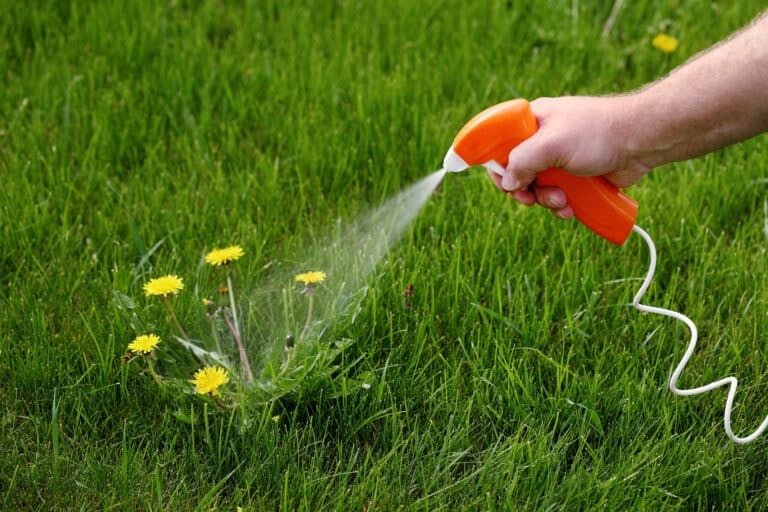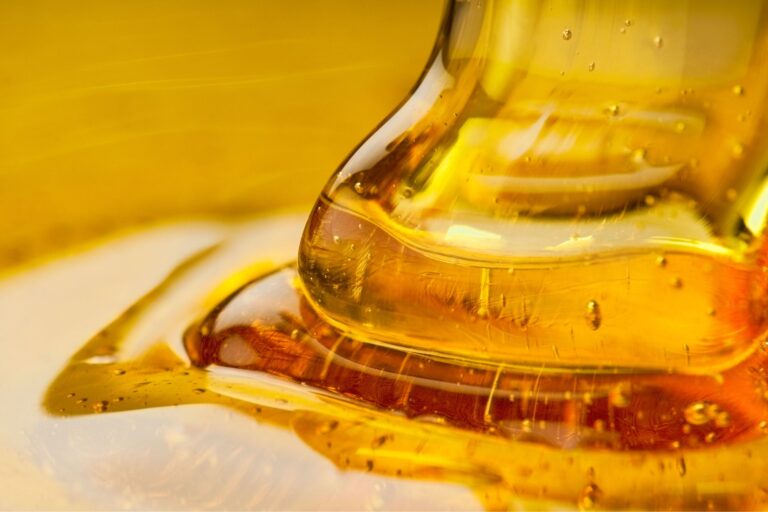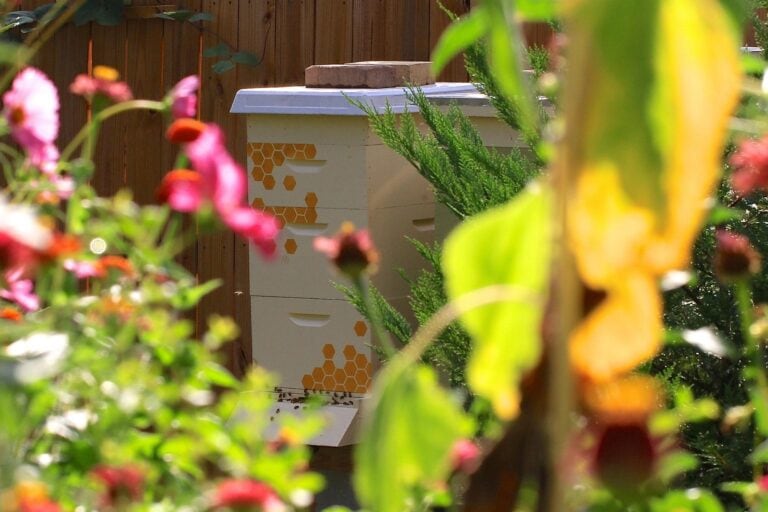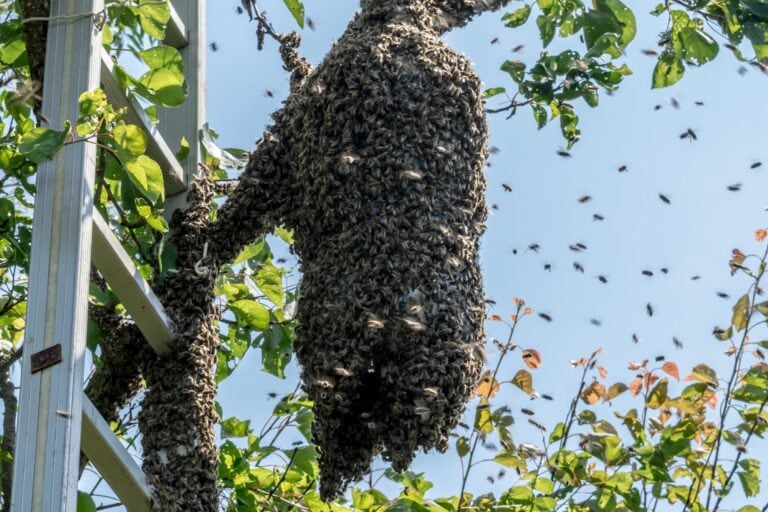Bees in Autumn
It Was All Yellow: Bees in Autumn It may be the most spectacular time of year in Victoria. All the trees are turning the most…
It Was All Yellow: Bees in Autumn
It may be the most spectacular time of year in Victoria. All the trees are turning the most incredible colours. Red, orange and (of course, my favourite) every shade of yellow. When I drive around the state for work, it is a complete pleasure to watch the countryside shift as this season meanders into winter. And even though there are nice days ahead, it’s getting chilly around the edges. This is time when I am super busy getting my bees ready for their slumber, and so I thought I would fill you in on what your bee colony might be up to during the autumn months in Australia.
Despite a little melancholy that the summer is over, autumn is actually a really interesting time of year for me. This is because one of my specific areas of interest within apiary is supplementary feeding: methods of helping out our little yellow friends when they need it most. As we know, the bee life cycle shifts as the mercury lowers and temperatures drop. In Australia’s southern states, April is the time when the days are becoming shorter, the Queen’s egg production reduces, as does the brood nest and bee numbers, and worker bees force almost all of the drones out the hive. Beekeepers should be busy collecting any surplus honey that’s available, completing their hive close-down for winter, and compacting their bees into one or two boxes. This pack down includes the addition of food stores (which I will talk about later). In May, the hive should be pretty much shut down completely and hives should only really check from the outside. After this time, winter sets in for a couple of months, and your colonies will be in hibernation.
So, how can we help our friends before they are couped up indoors for the long haul? As we know, bees rely on pollen and nectar to make honey and sustain their colony; when the cold sets in, and flowers start to disappear, it’s vital that we help the bees by giving them extra supplies of food. This transition or survival through the cooler months is known as ‘overwintering’. Where possible, keepers can move their colonies to places where there are ample flower supplies; natural paths are best, of course, but this isn’t always a reality.
Supplements are human-made substances that contain the nutritional components of pollen and nectar, made easily available and accessible for bees when flower levels are low. Honey or nectar substitutes are usually in the form of sugar, like sugar syrups. However, I recommend Ben’s Bees Fondant: a firmer sucrose and glucose bee food. The solid yet soft consistency is less messy, doesn’t ferment (which encourages bees to eat too quickly), can be stored in the hive without going off and doesn’t attract wasps. And bees love it! Easy to use, and available in various quantities, make sure your bees are happy and prepared for winter with my supplement range. I will be keeping you up to date with how to use your supplements over the next few weeks. In the meantime, enjoy this picturesque season!




